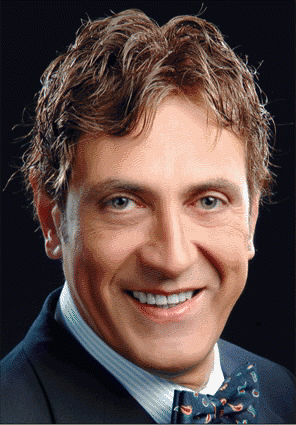I had a big bump on my nose, the farmer explained. And my brother has a big bump, and my younger brother’s got a big bump, and my father’s got a big bump, and doctor took my bump off and he never asked me if he could. So now my father and my two brothers call me ‘sissy girl.’
Explore This Issue
June 2009He was devastated, Dr. Kern recalled.
You have to ask the patient, ‘What bothers you-you– about your nose? he said. It sounds like a minimal thing, but it is key.
He said the last question he always asks patients in preoperative consultations is: Do you have any questions for me?
 Let’s learn all the methods, set the ones that you can do successfully and do not try your new ideas on your cases. Be honest to yourself and to your patients.-Cemal Cingi, MD
Let’s learn all the methods, set the ones that you can do successfully and do not try your new ideas on your cases. Be honest to yourself and to your patients.-Cemal Cingi, MDI think that is extremely important, because this will obviate that whole problem when the patient says, ‘Doctor didn’t have time for me, doctor was too rushed,’ Dr. Kern said. So I think it’s important for you to ask the patient now, ‘Do you have any questions, or does your family have any questions for me?’ And then just sit there and look the patient in the eyes.
Screening of Patients Also Important
Another point, said Dr. Kern, was that surgeons shouldn’t operate on everybody. He has even had prospective patients take personality tests to assess how well they might handle the procedure emotionally.
When you get that feeling in your gut that tells you this patient is a problem, listen to that little voice that’s speaking to you, Dr. Kern said. Don’t say to yourself, ‘Well, I don’t have a case next Tuesday, I could really do it. It’s, quote-unquote, an easy nose.’ If you don’t have a good feeling about it, don’t do it.
He would often refer patients to a psychologist or psychiatrist, and said he could probably count on one hand the number of times I was turned down. Most patients would welcome it.
Handling Complications
Dr. Kern recounted his first significant experience with the tricky territory of handling complications.
While a surgeon in the Air Force in 1968, he had performed surgery and thought it went pretty good. Then the patient took a deep breath and said his right side felt good, but he couldn’t breathe through the left nasal passage. Upon looking again, Dr. Kern saw a huge septal deformity.
Leave a Reply